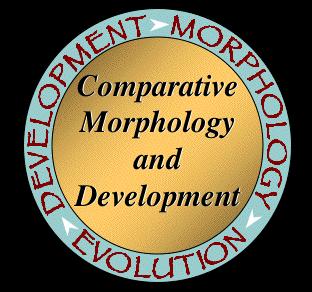Inducible defenses in an invaded marine food chain: Why cue specificity matters
EMILY GRASON*, BEN MINER
Biology Department, Western Washington University, Bellingham, Washington USA
Inducible defenses are important in structuring native communities, but it is often assumed that they do not play a significant role in novel predator-prey interactions because prey cannot recognize a novel predator. However, recent research has demonstrated that novel predators can induce defenses in prey. We investigated whether predation cues from the native rock crab, Cancer productus, induce behavioral defenses in two invasive species of whelk, the Atlantic (Urosalpinx cinerea), and Japanese (Ocinebrina inornata) oyster drills. Both drill species increased avoidance behavior and decreased feeding rates by 48% - 67% in response to effluent from native crabs consuming conspecific drills. To determine which components of the predation cues drills respond to, we conducted an additional experiment with Atlantic drills, parsing the predation effluent into major constituents. Cues from injured conspecifics elicited the largest responses, and were similar in effect to cues from predators consuming conspecifics. Additionally, cues from crabs also induced defenses, though more weakly than cues from injured conspecifics. The response to crabs indicates drills can recognize a relatively novel predator. Further, the generalized risk assessment strategy of Atlantic drills could have adaptive value in new habitats where drills are exposed to unfamiliar predators.
Variation in tenacity and tube foot morphology among sea stars from different wave exposure regimes
KURTIS HAYNE
Department of Biological Sciences, University of Alberta, Edmonton, Alberta, CANADA
Echinoderms, particularly sea stars, have specialized attachment mechanisms allowing them to temporarily adhere to a substrate and then release; these attachment and release cycles are responsible for locomotion while maintaining attachment to the substratum. Many marine organisms exhibit plastic responses to different wave exposure regimes that reduce probability of dislodgement in exposed areas. Pisaster ochraceus a cosmopolitan pacific sea star can be found in almost all gradients of wave exposure and has been shown to display adaptive features to these various flow conditions, showing differential attachment tenacities based on differential ambient flow.

